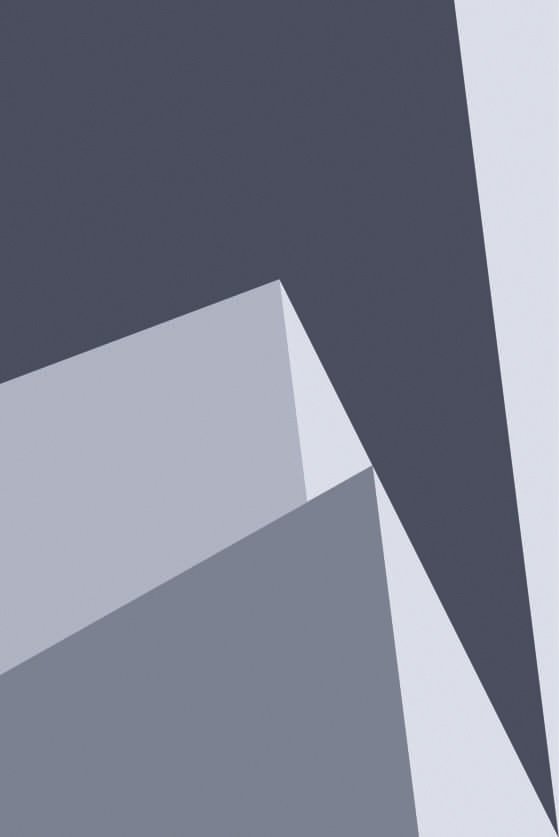Elevate Your Design: The Secrets to Stunning Interior Photography
As an interior designer, you pour your heart and soul into creating beautiful and functional spaces. But how do you effectively showcase your work to the world? The answer lies in high-quality interior photography. The right photograph can capture the essence of your design, drawing in potential clients and leaving a lasting impression. Here are some essential tips to help you create impactful interior design photos that truly do your work justice.
Mastering the Light
One of the most critical elements in photography is lighting. I often see beautiful designs photographed with all the interior lights on, or with harsh, direct sunlight streaming in. The key is to aim for a single, soft light source.
If you arrive at a shoot and find direct sunlight hitting the furniture, consider rescheduling for a different time of day. Waiting for that harsh light to move will result in a softer, more pleasing illumination that adds texture and dimension to the space. While there are exceptions, a gentle, natural light source will almost always make your interiors look their best.
It may seem counterintuitive, but it’s often best to turn off the interior lights, or what photographers call "practical lighting." While lighting design is a crucial part of your work, the orange glow from artificial lights can interfere with the color temperature of your photograph, leading to an inaccurate representation of your design. By using only the natural light from outside, you create a consistent color source. Think about how a home is actually lived in; people don't typically have every single light on at all times. Capturing that natural, lived-in feel can add mood and liveliness to your photos.
Finding the Perfect Angle
Pay close attention to your camera height. It’s tempting to stand and point your camera down to capture everything, but this often results in a distorted view that looks down on the furniture. If you look at high-end design magazines, you'll notice the camera is usually positioned lower, somewhere between knee and stomach level. A lower angle provides an intimate and beautiful perspective on the furniture and details. Placing the camera any higher than chest height can create an unnatural, towering viewpoint that most people can't relate to. A good rule of thumb for interior design is to aim for stomach height as a happy medium.
Essential Equipment for a Professional Look
While an iPhone can work in perfect conditions, professional-looking interior photography often requires a bit more equipment.
A Tripod: This is your most important tool. When shooting interiors, especially in natural light, you'll often need longer exposure times. A sturdy tripod will keep your camera perfectly still, ensuring a sharp, clear image.
A Remote Trigger: To avoid any camera shake when you press the shutter button, a remote trigger is essential, especially with long exposures. A wireless remote is a preferable option.
A Bubble Level: Keeping your camera straight and level is crucial for professional results. A simple bubble level that attaches to your camera will help you avoid skewed lines that need fixing in post-production.
Tethering Solution: While not absolutely necessary, tethering your camera to a computer or tablet can significantly improve your photos. Seeing the image on a larger screen allows you to fine-tune details like pillow placement or flower arrangements in real-time, ensuring every element is perfect before you finalize the shot.
By investing time and attention into your photography, you can create a portfolio that not only showcases your incredible designs but also captivates and inspires your audience.

